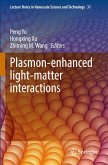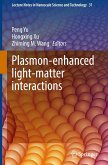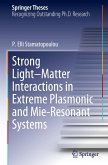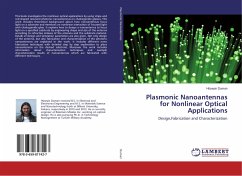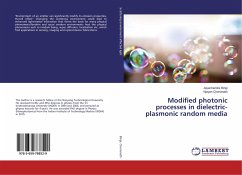This book highlights the principles, research advances, and applications of plasmonic photocatalysis. As a new class of catalysts, plasmonic nanostructures with the unique ability to harvest solar energy across the entire visible spectrum and produce effective photocatalysis are viewed as a promising pathway for the energy crisis. Although plasmonic catalysis has been widely reported, the excitation mechanism and energy transfer pathway are still controversial. Meanwhile, the latest discovery of catalysis on nanomaterials is less reported. This book outlines the basics of plasmonic photocatalysis, including the electromagnetic properties of metal materials and surface plasmon, and discusses the catalytic mechanisms including the nearfield enhancements, hot electron, and thermal effects. In addition, the measurement methods and current advances on molecules and nanocrystals are presented in detail. Suitable for graduate students and researchers in physics, optics and optical engineering, and materials science, the book will deepen readers' understanding of the interaction between light and nanomaterials and expand their knowledge of the principles and applications of nanophotonics.
Bitte wählen Sie Ihr Anliegen aus.
Rechnungen
Retourenschein anfordern
Bestellstatus
Storno



